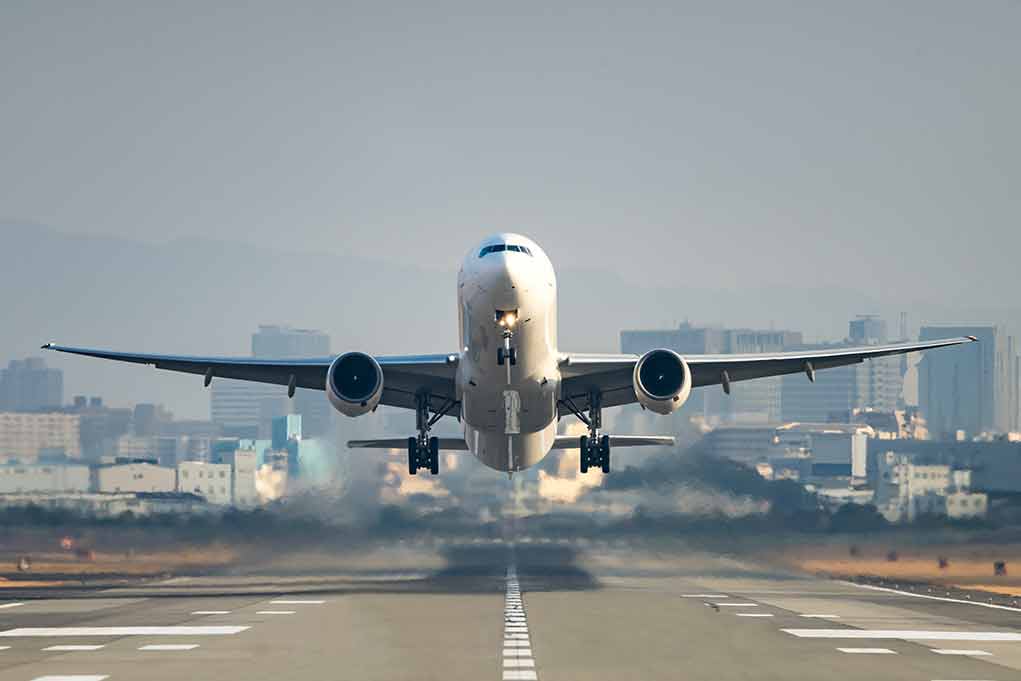
Black Hawk helicopter pilot Captain Rebecca M. Lobach failed to follow critical instructions from her flight instructor moments before the deadly collision with an American Airlines passenger jet near Reagan National Airport that killed 67 people in January’s worst aviation disaster since 2001.
Top Takeaways
- Captain Rebecca M. Lobach failed to execute a potentially life-saving left turn commanded by her instructor, directly contributing to the collision with American Airlines Flight 5342.
- Multiple safety systems failed simultaneously, including visual separation procedures, air traffic control monitoring, and communication protocols.
- The Black Hawk’s ADS-B tracking system was deliberately turned off for mission confidentiality per Army protocol, hampering controllers’ ability to monitor the helicopter.
- The FAA has permanently closed the helicopter route along the Potomac River where the collision occurred and now requires all aircraft in Reagan National airspace to use ADS-B tracking.
- The NTSB investigation revealed a history of previous close calls between helicopters and commercial planes at Reagan National Airport.
Fatal Decision: Captain’s Failure to Follow Instructions
The devastating January 29 collision near Reagan National Airport claimed the lives of all 64 passengers and crew aboard American Airlines Flight 5342 and three crew members on the Black Hawk helicopter. At the center of the investigation is Captain Rebecca M. Lobach, who was piloting the Army Black Hawk during a training exercise when the accident occurred. According to preliminary findings, Capt. Lobach failed to follow crucial instructions from her flight instructor, Chief Warrant Officer 2 Andrew Loyd Eaves, to change course moments before impact.
The helicopter crew had requested to fly using “visual separation,” a standard but potentially risky procedure that allows pilots to maintain safe distance from other aircraft by sight rather than relying on instrument guidance. Despite receiving approval for this procedure and being alerted to the presence of the passenger jet by air traffic control, the critical evasive maneuver was never executed. The night-vision goggles being used by the pilots may have been compromised by the bright urban lights of Washington DC, further complicating their situational awareness.
The @nytimes story on the January DC plane crash hides its takeaway until the last sentences: the lady helicopter pilot ignored multiple warnings from her right seat about altitude (and his directly telling her to turn away) and flew straight into a passenger jet.
The end. Ugh. pic.twitter.com/7emtYkZTwQ
— Alex Berenson (@AlexBerenson) April 27, 2025
Multiple Safety Systems Failed Simultaneously
The tragedy resulted from a catastrophic cascade of failures across multiple safety systems designed to prevent exactly this type of collision. FAA deputy administrator Katie Thomson acknowledged the severity of these breakdowns, stating, “Multiple layers of safety precautions failed that night.” Army Brigadier General Matthew Braman similarly noted, “I think what we’ll find in the end is there were multiple things that, had any one of them changed, it could have well changed the outcome of that evening.”
A critical factor in the accident was that the Black Hawk’s ADS-B Out system, which provides real-time position data to air traffic control, was deliberately switched off in compliance with Army protocol for sensitive operations. This significantly hampered controllers’ ability to track the helicopter’s movements. Additionally, radio communication was compromised, with some instructions being “stepped on” or interrupted, potentially causing key safety information to go unheard by the helicopter crew.
Air Traffic Control and Regulatory Failures
The investigation has also highlighted shortcomings at the air traffic control level. Controllers failed to deliver emergency instructions despite monitoring the Black Hawk’s movements as it approached the collision path. FAA regulations require controllers to “advise the pilots if the radar targets appear likely to merge,” but this critical warning was apparently not communicated effectively. The helicopter was flying in particularly congested airspace near the airport, with only 75 feet of separation from aircraft approaching runway 33.
The National Transportation Safety Board (NTSB) investigation uncovered a troubling history of close calls between helicopters and commercial planes at Reagan National Airport, with many incidents involving helicopters flying above permitted altitudes. This pattern suggests systemic issues in the management of the complex airspace around the nation’s capital that predated the January disaster. A final NTSB report on the accident is not expected until early 2026, but preliminary findings have already led to significant policy changes.
Regulatory Response and Safety Improvements
In response to the tragedy, both the FAA and the U.S. Army have implemented immediate changes to prevent similar incidents. The FAA has permanently closed the helicopter route along the Potomac River that intersected with the flight path where the collision occurred. Additionally, the agency now requires all aircraft operating in Reagan National’s airspace to have ADS-B Out systems active at all times, directly addressing one of the key factors that contributed to the accident.
The Army has also issued new guidance increasing the risk assessment level for operations with ADS-B Out systems turned off, acknowledging the critical safety role this technology plays in congested airspace. Both agencies have emphasized the need for improved communication protocols and enhanced training for pilots and air traffic controllers operating in the complex Washington DC airspace. These measures come too late for the 67 victims of January’s tragedy, but may prevent future catastrophes from similar causes.

















